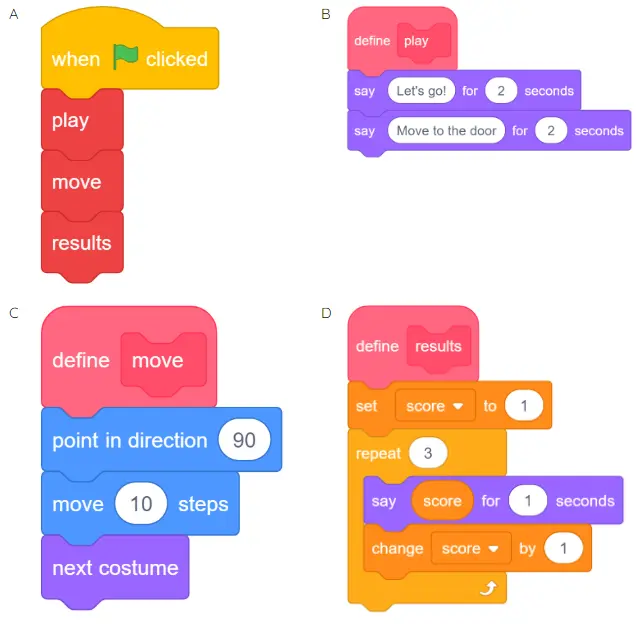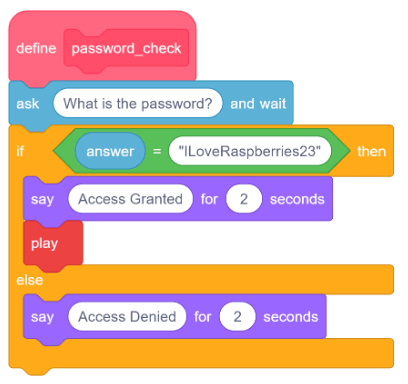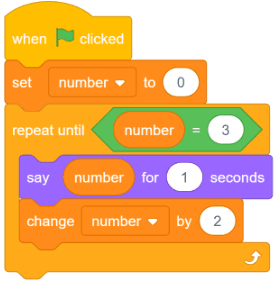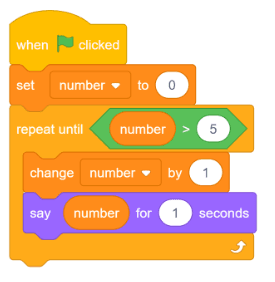Myths about teaching can hold you back
Learn why
These resources will be removed by end of Summer Term 2025.
Switch to our new teaching resources now - designed by teachers and leading subject experts, and tested in classrooms.
These resources were created for remote use during the pandemic and are not designed for classroom teaching.
Lesson details
Key learning points
- In this lesson, we will introduce condition-controlled loops. We will predict, run, investigate, and modify code for a Scratch the cat flying game.
Licence
This content is made available by Oak National Academy Limited and its partners and licensed under Oak’s terms & conditions (Collection 1), except where otherwise stated.
4 Questions
Q1.Which of these statements best describes decomposition
Which of these statements best describes decomposition
Executing a sequence of instructions in any order
When you use a subroutine to write an algorithm
Writing a sequence of instructions
Q2.Which of these sets of instructions is not a subroutine? (Image source: Scratchblocks)
Which of these sets of instructions is not a subroutine? (Image source: Scratchblocks)

B
C
D
Q3.Where do you need to click in order to create your own subroutine in Scratch?
Where do you need to click in order to create your own subroutine in Scratch?
Control
Events
My Subroutines
Q4.Once you have created a subroutine, what block do you need to use to execute the subroutine?
Once you have created a subroutine, what block do you need to use to execute the subroutine?
A forever block
A key press block
An execute block
3 Questions
Q1.A learner has created the following piece of code to check if a password is correct or not. They want to improve it so that it will only give a maximum of three attempts before locking them out of the game for 60 seconds. What programming construct should they use for this? (Source: Scratchblocks)
A learner has created the following piece of code to check if a password is correct or not. They want to improve it so that it will only give a maximum of three attempts before locking them out of the game for 60 seconds. What programming construct should they use for this? (Source: Scratchblocks)

A Forever loop
A Repeat 3 loop
Three If/else statements
Q2.A learner has created the following block of code, when will the loop terminate? (Source: Scratchblocks)
A learner has created the following block of code, when will the loop terminate? (Source: Scratchblocks)

When ‘number’ holds the value ‘3’
When ‘number’ holds the value ‘4’
When ‘number’ is higher than ‘3’
Q3.What will be the output of this program when it is executed? What will the sprite say? - (Source: Scratchblocks)
What will be the output of this program when it is executed? What will the sprite say? - (Source: Scratchblocks)

1, 2, 3, 4
1, 2, 3, 4, 5
Nothing

